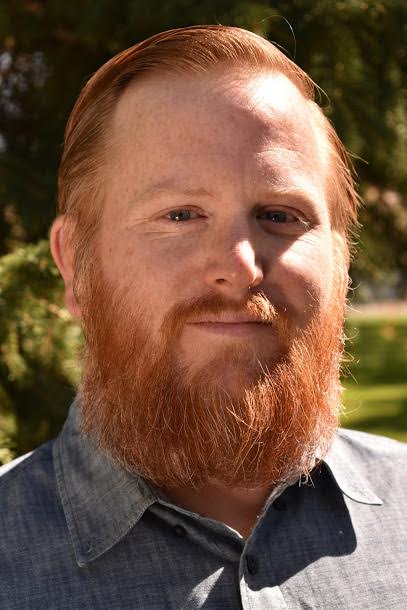By Dusty Ann Jessen, Au.D.
Even with email, texting, and video chat available, the humble telephone remains a primary means of communication in the workplace. Telephones, of course, render the communicators unable to see each other when talking, so they can’t take advantage of important visual cues, including knowing when it’s their turn to talk. This is especially disconcerting for those with hearing loss; however, communication breakdowns can happen over the phone even between people who don’t have difficulty hearing. Here are simple strategies to help.
If you are the speaker, you are responsible for conveying a clear message that is received accurately. Focus on the call (don’t multitask!), and make sure the telephone receiver or headset microphone is near your mouth. Speak at a slightly slower pace and enunciate clearly. If your listener is struggling to understand, don’t just repeat what you said; rephrase it or provide additional clarification. This is especially important when conveying letters or numbers; say “C, as in Charlie.”
If you are the listener, place your full attention on the phone call. Turn up the volume to a comfortable level, and consider using the speakerphone so you can hear with both ears. If you miss a word or sentence, don’t just say “What?” Ask your speaker to rephrase the last sentence. You can also ask follow-up questions requiring a yes/no answer (easy words to understand over the telephone) and repeat back what you think you heard.
For optimal hearing—and whether your workplace environment is an office, classroom, or factory—do your best to eliminate background noise when on the phone. Turn off any distracting sounds in your environment, such as silencing a cell phone or muting your computer, or find a quieter place to conduct your phone call.
Landline phones are available with amplifiers and tone controls. Landline phones work well with the telecoil (t-coil) built into most hearing aids (ask your hearing health provider if you are unsure). The t-coil is a small copper coil that picks up the electromagnetic energy naturally emitting from landline phones for a clear signal, without needing a microphone.
If you are in the market for a new cell phone, be sure to choose one that is “hearing aid compatible,” with a microphone (M) and telecoil (T) rating of 3 or 4. Many advanced hearing aids can connect wirelessly to mobile phones, creating a convenient “hands-free” option with excellent sound quality.
These strategies can be applied to many other situations as well. Enunciating clearly on the phone will make you a better communicator all around. Getting out of the habit of asking only “What?” and replacing it with a polite, “Can you please rephrase that?” will help in any situation. Reducing background noise and taking advantage of technology can improve communication efforts for everyone.
Dusty Ann Jessen, Au.D., is based in Colorado. This article, which also appeared in the Winter 2017 issue of Hearing Health magazine, is adapted with permission from her book, “5 Keys to Communication Success.” For more, see 5keys.info.
Receive updates on life-changing hearing research and resources by subscribing to HHF's free quarterly magazine and e-newsletter.










